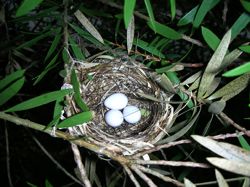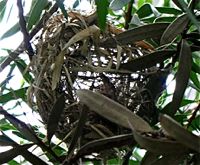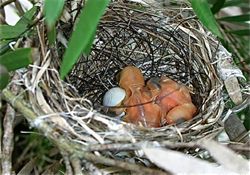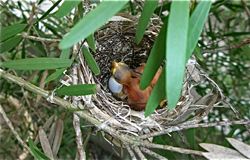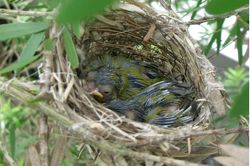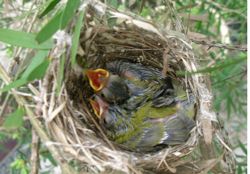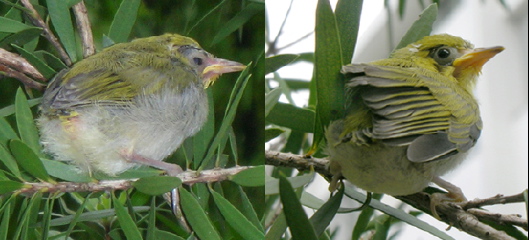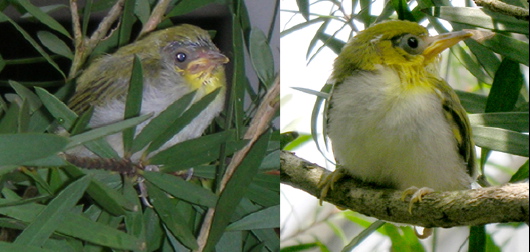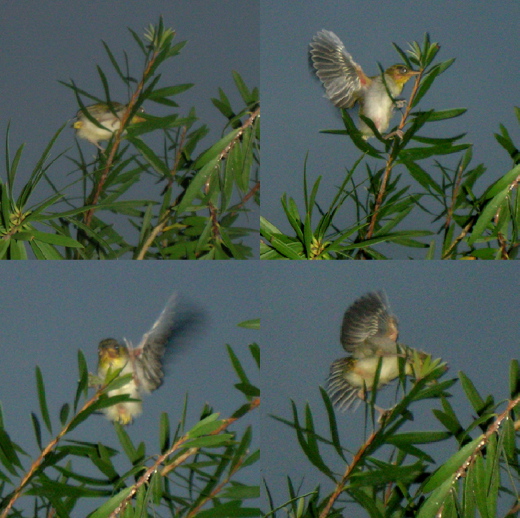PREPARING YOUR PUTEH FOR CONTEST
 As we learn
together, Puteh birds colonies living in a socially huddle. Generally, a Puteh
when alone will simply skip here and there inside a cage when seeing another Puteh
around him. When in the middle of a crowd of other birds, Puteh twitter and
singing his best songs to be able to articulately connect with others is very
important factor. There are a couple of tips to keep twittering birds, loud Puteh
from start to finish in a contest.
As we learn
together, Puteh birds colonies living in a socially huddle. Generally, a Puteh
when alone will simply skip here and there inside a cage when seeing another Puteh
around him. When in the middle of a crowd of other birds, Puteh twitter and
singing his best songs to be able to articulately connect with others is very
important factor. There are a couple of tips to keep twittering birds, loud Puteh
from start to finish in a contest.
Do as
follows:
1. Puteh bird on the condition that the
level of sexual arousal and primes are normal. Being diligent bird Puteh Twitter
caused by stimulation of the estrous cycle is affected by hormones
testosterone, the hormone estrogen and progesterone hormones that are present
in the body. These hormones are formed as a result of external stimuli rapidly
(Sunbath: infrared rays) and high protein levels in food consumption. Birds
should be sexual arousal, but Puteh not is too sexual arousal (over estrous
cycle). Need to "trial and error" to be able to find the desired
level of sexual arousal as a bird character Puteh at our disposal. Don't be
afraid to play the actual EF and drastic treatment patterns. Generally in 2-3 days
before the contest day, birds have started to undergo ritual Puteh adjust
estrous cycle with the addition of the option is accumulative Psychology culture.
2. Get to know the characters. This is
the most important factor for being able to understand and train a Puteh.
Remember, birds are birds in the colony Puteh have the social life of a huddle.
Twitter and chanting songs sonorous is one way for birds to attract the
opposite sex and give information to other birds on the boundaries of the
territory.
3. We can split birds into 3 parts,
namely:
a. Song (long booms with the strains of
a dulcet tone to show off his ability and attracted the attention of the
opposite sex).
b. Call (loud, short call for feedback
of the opposite sex)
c. Alert (Twitter and similar sound to
warn birds and bird companion when there is danger. Twitter also serves as a
marker of the territorial area of other birds).
Each Puteh’s
character is different; there are no bird Puteh exactly the same. Share
research results and with friends who are lovers Puteh Indonesia and some
neighboring countries, can be summed up as follows:
There are a
few birds to Puteh full isolation for 7-10 days prior to the contest. During
the ritual, the isolation of birds does not see and hear other Puteh birds sing.
The days of isolation still undergoing daily treatment patterns, Puteh birds
will chirp out loud “Toa Aw” regardless of the length of the birds Puteh around
him at the time of the contest along with other contestants.
There
are some Puteh formerly paired together couples, placed both Putehs in a cage during
the ritual for 7-10 days prior to the contest. At the time of the contest with
other contestants, Puteh birds will chirp out long loud “Toa Aw” for females
regardless of Puteh birds around him.
This is
also a factor that must be considered. Without good nutrition, it will be
difficult to make the bird perform. There are some birds that do not need
ritual Puteh isolation and ritual female companion. Treat them on daily care, just
add nutritional to support on stamina until the day of the contest. At the time
of the contest along with other contestants, Puteh birds will chirp out loud
“Toa Aw” regardless of the length of the birds Puteh around him at the time of
the contest along with other contestants.
Cheers
& Good Luck!




